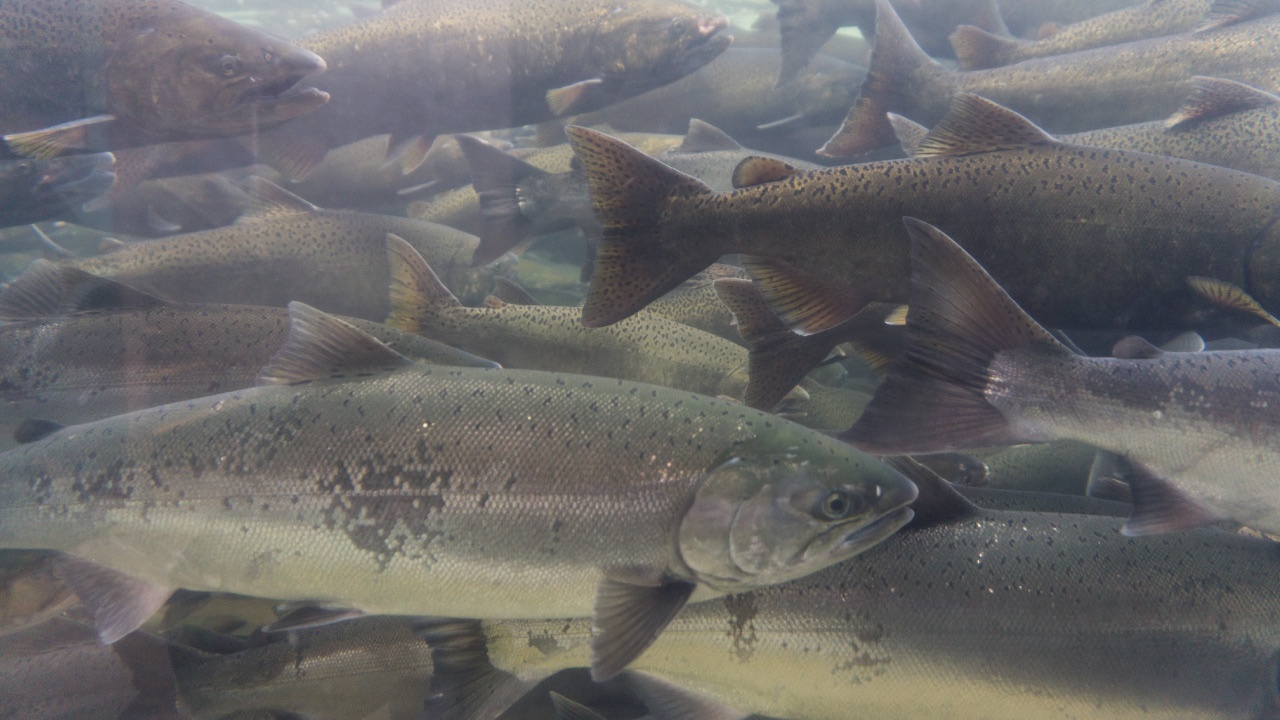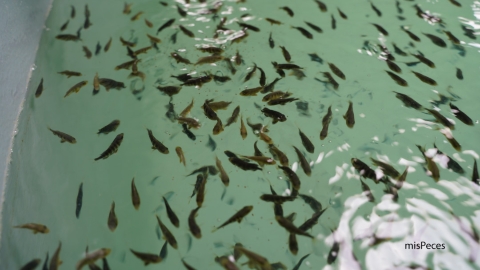
The gut microbiome of fish functions as a “biological engine” that optimizes feed digestion, allowing for better nutrient absorption and contributing to the fish’s overall growth and wellbeing.
Understanding which microorganisms compose this microbiome is essential for developing more effective and sustainable diets, using both traditional ingredients and alternative sources.
Extensive studies in this filed have broadened our understanding of the biodiversity of key aquaculture species. The most recent, published in Nature Microbiology, involved researchers from the Norwegian University of Life Sciences, SciLifeLab, and NOFIMA, who created a Genomic Atlas of the Atlantic Salmon’s Microbiome.
This dataset, as the researchers explain, brings together 211 high-quality bacterial genomes and identifies 29 previously unknown bacterial species. These findings expand knowledge of microbial diversity in the salmon’s gut, opening up new possibilities for tailoring feeds to improve fish health and growth.
Advantages of mapping the gut microbiome
Knowing which microbiome bacteria assist in breaking down dietary fibres or produce essential vitamins such as those in B and K groups, or short-chain fatty acid, supports enhanced fish health and growth.
The study also provides valuable insights into how the microbiome adapts to its environment. Researchers found notable differences between freshwater and marine water salmon microbiomes, suggesting that feed formulas should also adapt to the conditions in which fish are raised.
Feed composition can also play a critical role in boosting fish resistance to disease and environmental stress by supporting a healthy microbiome.


